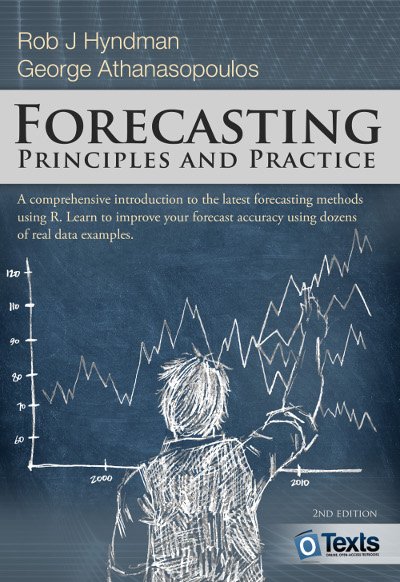
Too many broadly useful stats methods are masked in domain-specific language. In my new pair of posts, I discuss formula-free #causalinference design patterns to help data analysts recognize frameworks as they encounter them in everyday work
emilyriederer.netlify.app/post/causal-de…
1/3
emilyriederer.netlify.app/post/causal-de…
1/3
I don't rehash the finer details; for that my resource round-up post catalogues the plethora of amazing books freely available from @_MiguelHernan @causalinf @CasualBrady @nickchk and more
emilyriederer.netlify.app/post/resource-…
2/3
emilyriederer.netlify.app/post/resource-…
2/3
Instead, I simply focus on the bare-bones frameworks. While econ and epi Twitter talk about CI nonstop, I'm struck by how underutilized some of the basics are in industry where we have rich high-dimensional panel data, well-defined but non-random treatment mechanism, etc
• • •
Missing some Tweet in this thread? You can try to
force a refresh



